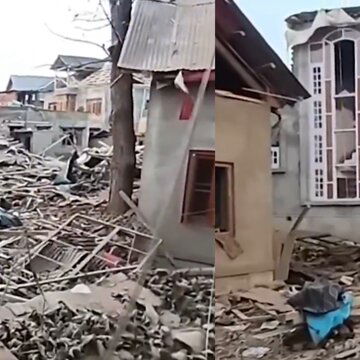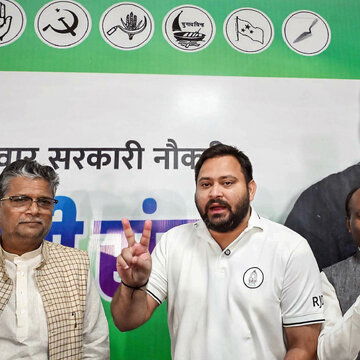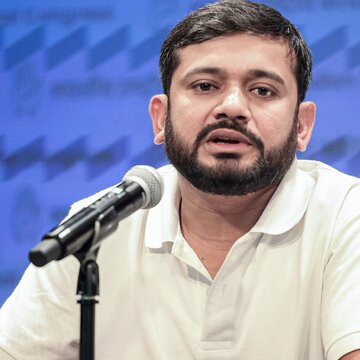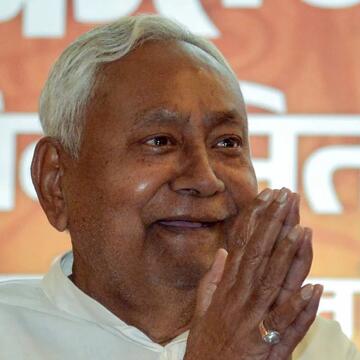Overcast skies hung low above northwest Delhi even on Tuesday as a single-propeller aircraft from IIT Kanpur zipped across Burari, Mayur Vihar, and Noida's belly loaded with silver iodide and sodium chloride flares.
However, the twin cloud-seeding trials, aimed at cleansing the city’s toxic winter air, failed to trigger any rainfall. Still, Delhi’s environment minister Manjinder Singh Sirsa hailed the exercise as “successful.”
“Delhi has taken an unprecedented, science-first step by adopting cloud seeding as a tool to control air pollution. Our focus is to assess how much rainfall can be triggered under Delhi’s real-life humidity conditions,” Sirsa said earlier. “With every trial, science guides our actions for the winter and all year round.”
IT Kanpur claims there's a reduction in air pollutants
While citing a Windy report, IT Kanpur’s post-trial report detailed that “two precipitation events were noted,” recording trace amounts of 0.1mm over Noida and 0.2mm over Greater Noida. However, Windy doesn’t record actual rainfall; it forecasts it. Even though no official weather station detected rain.
The IIT team did claim a “reduction” in air pollutants. “The PM2.5 was 221, 230, and 229 reported from Mayur Vihar, Karol Bagh, and Burari, respectively, before cloud seeding, which got reduced to 207, 206, and 203, respectively, after the first seeding,” the report noted. The reason, it suggested, was that “the denser moisture content created due to seeding particles helped in settling down a portion of these particles.”
“The report cites Windy, which does not show actual rainfall,” said amateur meteorologist Ashwary Tiwari, who runs the IndiaMetSky account on X. “A rain gauge or AWS would be needed to confirm any rainfall if at all.”
At IIT Delhi, atmospheric scientist Shahzad Gani called the trials “futile attempts.”
“Cloud seeding cannot solve Delhi’s air pollution crisis,” he said, per Hindustan Times. “Even if it rains briefly, pollution levels will bounce back because the sources remain.”











